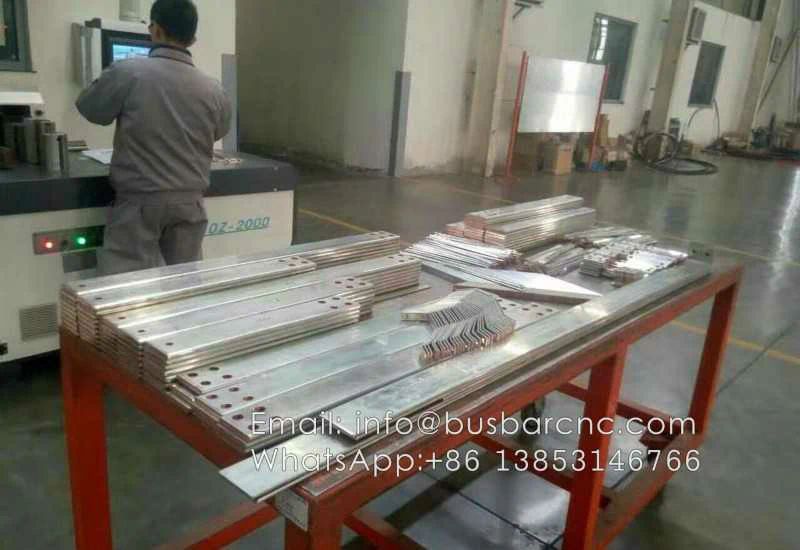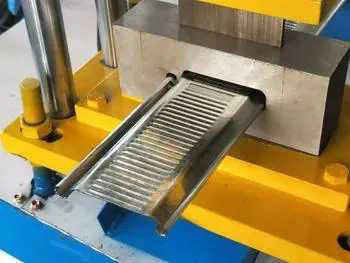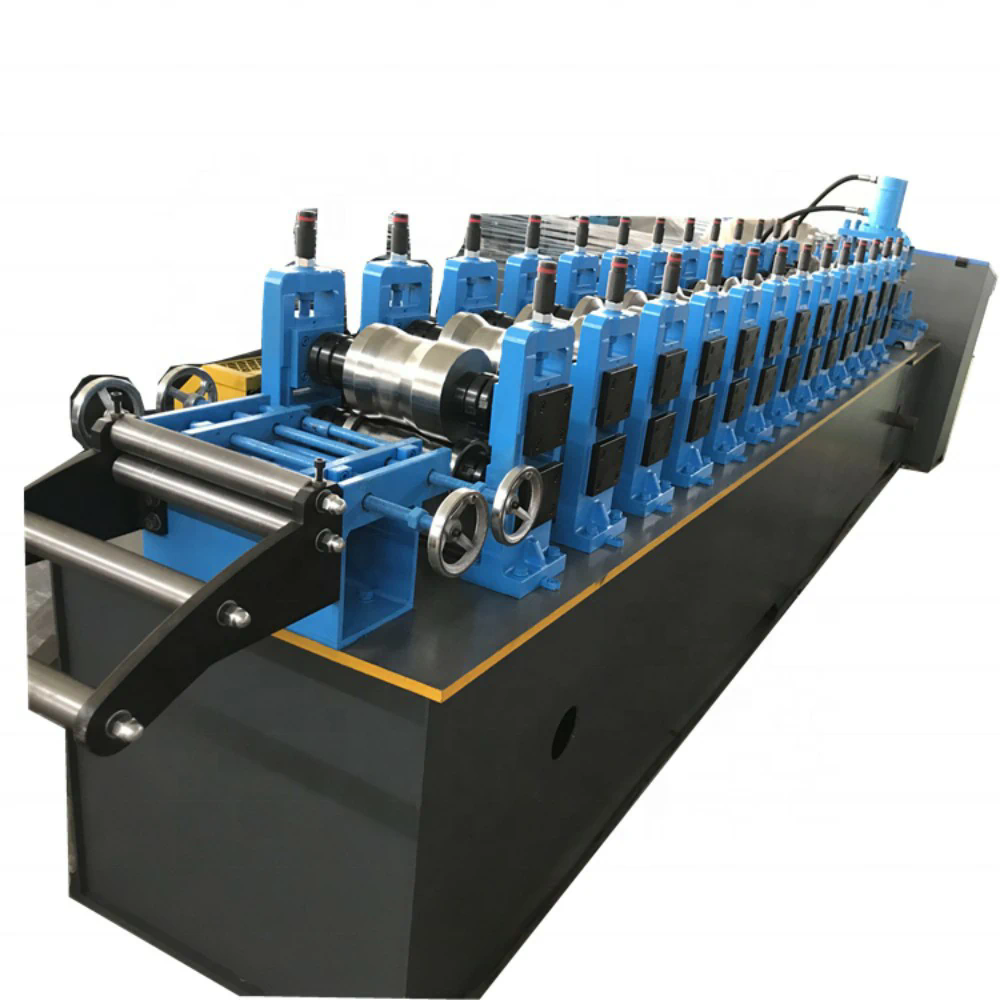1. What is a controller
Baidu gives the definition: controller (English name:
controller) refers to the main command device that changes the wiring of the main circuit or control circuit in a predetermined order and changes the resistance value in the circuit to control the start, speed regulation, braking and reverse of the motor. Consisting of program counters, instruction registers, instruction decoders, timing generators and operation controllers, it is the “decision-making body” that issues commands, that is, it completes the coordination and command of the operation of the entire computer system. hmi display lcm
2. The basic composition of the controller
1. Instruction Register (IR):
A register used to store the instructions being executed, temporarily placing program instructions taken from memory
2. Program Counter (PC):
The place where the address of the unit where the next instruction is located
3. Address Register (AR):
Used to hold the address of the memory unit accessed by the current CPU
4. Instruction Decoder (ID):
The computer can and can only execute “instructions”. Directives consist of opcodes and address codes. The opcode represents the nature of the operation to be performed, that is, what action to perform, or what to do; The address code is the address of the object of the operation when the opcode is executed. When a computer executes a specified instruction, it must first analyze what the opcode of the instruction is to determine the nature and method of the operation, and then control the function of the other components of the computer to complete the expression of the instruction. This analysis is done by the instruction decoder


